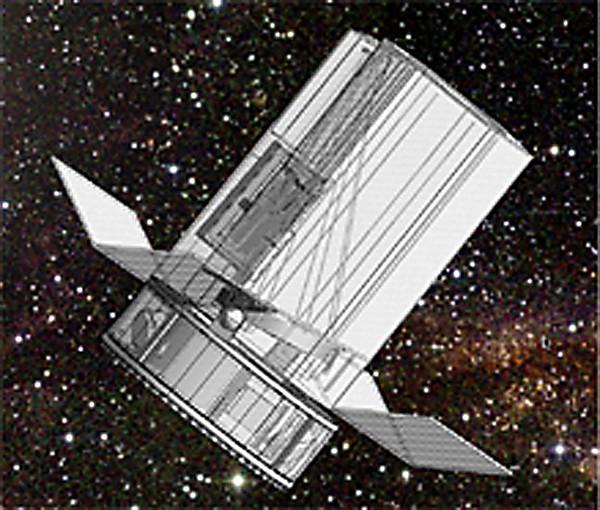A UA astronomy research team was awarded a $600,000 grant from NASA to develop a telescope to study how planets are formed.
Glenn Schneider, a Steward Observatory astronomer and principal investigator of the project, led a team of six scientists to study what kinds of materials are needed for planets to form, and what types of star systems provide the best environment for these formations.
“The motivation for this is the science,” Schneider said. “The science of this is to study other circumstellar disks around other stars that have different phases of the evolution of the planetary system that will detect what those planetary systems are and what they will become.”
The project, known as Exoplanetary Circumstellar Environments and Disk Explorer or EXCEDE, is a small orbiting telescope that will use a .7-meter wide primary mirror, called a Phase-Induced Amplitude Apodization Coronagraph, built inside of the telescope. Olivier Guyon, an assistant professor of astronomy and member of the research team, developed the mirror.
The optical device uses highly curved mirrors to block out light emitted from the surface of a star so that dust and other surrounding materials can be easily observed. This leads to knowing that there are asteroids in that system, which is the primary science focus behind EXCEDE, he added.
The telescope will be able to orbit about 2,000 kilometers above the Earth’s surface, Schneider said.
EXCEDE would be the first mission to fly that will measure the spectra of stars and planets like Earth, Guyon said.
“I hope this can be our first glimpse into how common planetary systems are and, if things go well, we just might see about every star that has evidence of a planetary system, said Phil Hinz, an associate professor of astronomy. “What I am most excited to see is how similar these systems are to our solar systems. We might see a range of planetary systems and we are just starting to learn that information through EXCEDE which will help build that knowledge.”
The reason celestial dust is interesting is because it could be the first sign that would detect for a planetary system, Hinz added.
“The beauty here is being able to detect another Earth near nearby stars, to see if it’s inhabitable, whether it has water, has signs of having life on it. EXCEDE will help lay the ground work for that,” he said.
In the next two years, the UA research team will develop a more sophisticated instrument that takes measurements that are the same quality. When this level of performance is reached, the project will be presented again to NASA, Guyon said.
“We are really happy and excited that we were selected in the competition for the explorer mission,” Schneider said. “It’s a great opportunity and I am very appreciative of the university partnering up and contributing into the investigation.”









